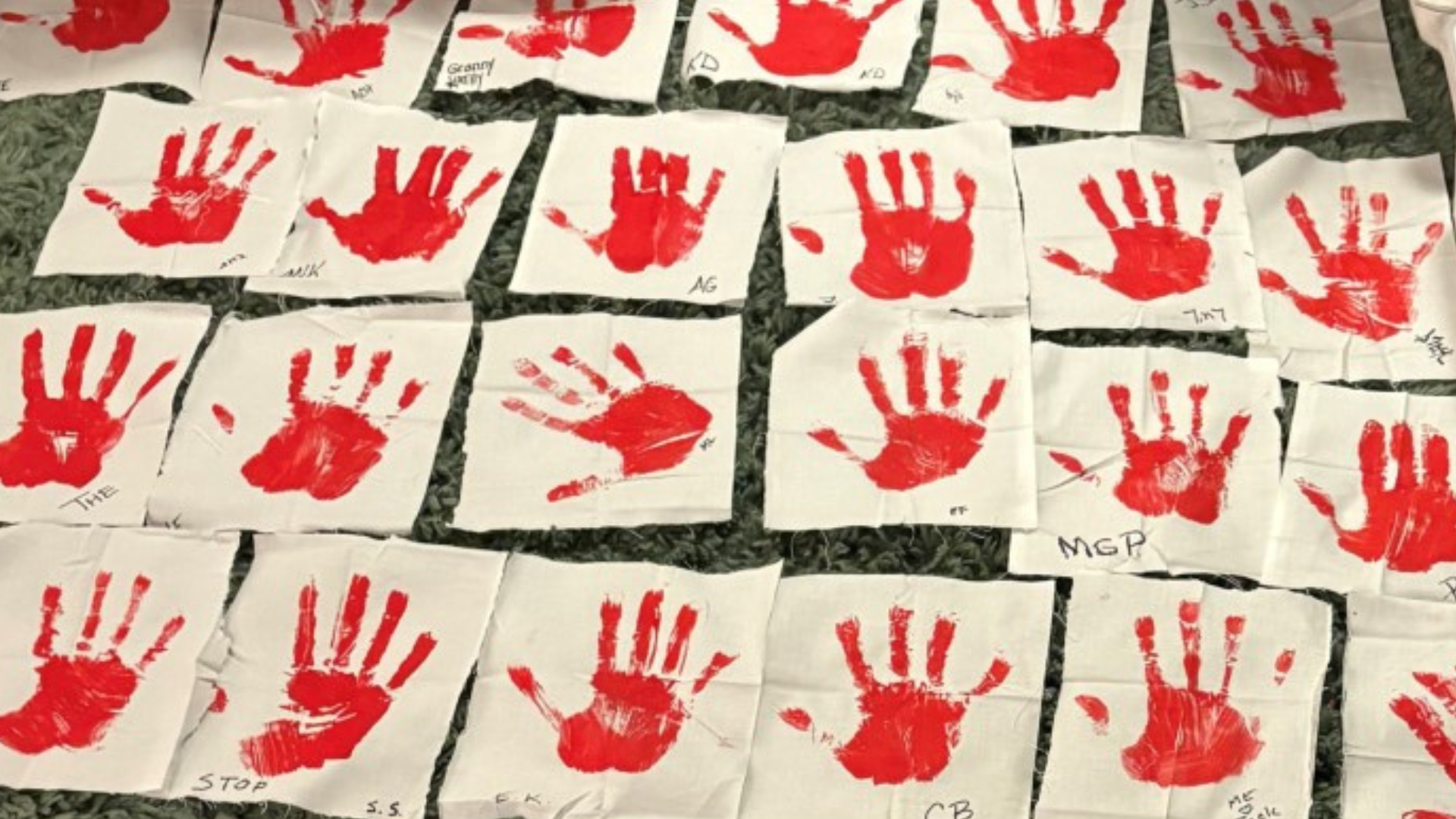Cuyahoga County held a briefing on January 22, updating residents and the media about the number and rate of COVID-19 cases in the county.

Cuyahoga County Executive Armond Budish opened the weekly briefing on January 22 with a coronavirus vaccine update. Beginning the week of January 18, residents aged 80 and older were eligible for the vaccine. The rest of the vaccine roll-out will go as follows
- The week of January 25, residents age 75 and older
- The week of February 1, residents age 70 and older
- The week of February 8, residents age 65 and olderNinety providers in the county will receive the vaccine, but supply continues to be limited. With the limited supply, even if you’re eligible, you may not receive the vaccine. The county is partnering with United Way’s 2-1-1 to hire staff to support a centralized hotline that residents can call to learn more about the vaccine, including if they are eligible to get it and to connect them to a provider or pharmacy where they can register to receive it. For those not eligible for the current vaccine roll-out, the hotline will refer them to the Cleveland Department of Health or Cuyahoga County Board of Health (CCBH) to be placed on a list to be contacted about their eligibility availability. Visit cuyahogacounty.us/vax to learn more.
Eighty percent of those over 80 do better with a phone call than trying to access the web.
“Eighty percent of those over 80 do better with a phone call than trying to access the web,” shared CCBH’s Commissioner Terry Allen, quoting data received by MetroHealth as he expressed his pleasure in hearing that 2-1-1 will help provide residents with the necessary coronavirus vaccine information.
Following Budish’s remarks, Allen addressed the extension of the stay-at-home advisory to January 31, noting that while numbers have declined, the county remains at high transmission levels according to the Centers for Disease and Control COVID-19 risk level chart. As of January 22, 6,000 people have been vaccinated, with another 1,300 vaccinated by Sunday, January 24. The county will continue to work through the list of Phase 1a vaccine eligible people —nearly 7,000 people —including emergency service workers, healthcare workers in nursing and group home facilities and persons with developmental or cognitive disabilities.
Mentioning some of the issues residents may experience in visiting medical facilities, pharmacies, or the CCBH to receive the vaccine, Allen highlighted the work that CCBH’s Medical Director, Dr. Heidi Gullett, is doing to coordinate medical teams to help deliver vaccines to those in group settings. The county expects to see continued overlap between Phase 1A and Phase 1B recipients as they continue to try to meet the need with the current limited supply.
100,000 doses of the vaccine are being distributed across the state to approved Phase 1B vaccine providers.
Continuing with the vaccine roll-out update, Allen shared that 100,000 doses of the vaccine are being distributed across the state to approved Phase 1B vaccine providers, including adults aged 65 and older and K-12 staff. The county plans to distribute 15,000 doses of the vaccine each week to older adults, but it will take some time considering that nearly 230,000 older adults live in the county, according to the latest census data.
To address potential barriers older adults may experience in accessing vaccine information, the county is working with the Division of Senior and Adult Services, Western Reserve Area Agency on Aging, local library system and senior centers to provide the support they will need. Vaccine providers should also consider offering after-hours and weekend services; mobile vaccination options; and working with local organizations to expand outreach to vulnerable and hard-to-reach populations.
As we move towards more vaccinations, along with continued social distancing and mask-wearing, we can be cautiously optimistic.
“As we move towards more vaccinations, along with continued social distancing and mask-wearing, we can be cautiously optimistic,” Jana Rush, CCBH’s Director of Epidemiology, remarked as she wrapped up the briefing, by providing the latest epidemiological brief. As of January 22, there were 57,511 total coronavirus cases, 3,449 total hospitalizations, 687 total intensive care unit admissions, 1,449 deaths and 50,146 people presumed recovered in the county. Daily case volume has decreased nearly 20 percent, with an average of 480 cases per day being reported. Hospitalizations have decreased by 4 percent in the past week and testing positivity rates decreased to 16 percent. Females and those in the 20-29 age group continue to represent the largest number of coronavirus cases.








